Six researchers from SINTEF and NTNU got the opportunity to experience a somewhat different week. Attending the International Conference on Multiphase Flow (ICMF) in vibrant Kobe was an intense and diversified experience.
First a few facts about the conference:
- In-total 50 travel hours back and forth
- 5 days of conference with
- 12 parallel sessions each day
- 612 presentations
- and 60 posters
ICMF is a prestigious event in the field of fluid dynamics, attracting researchers, scientists, and industry professionals from all over the world. The conference is held every three years, and ICMF 2023 took place in Kobe, Japan.
Kobe is a vibrant city known for its cosmopolitan atmosphere, rich cultural heritage, and technological advancements. The conference venue, Kobe International Conference Center, is a state-of-the-art facility equipped with modern amenities and technology. The venue is conveniently located near the city center, with easy access to public transportation and accommodation options.
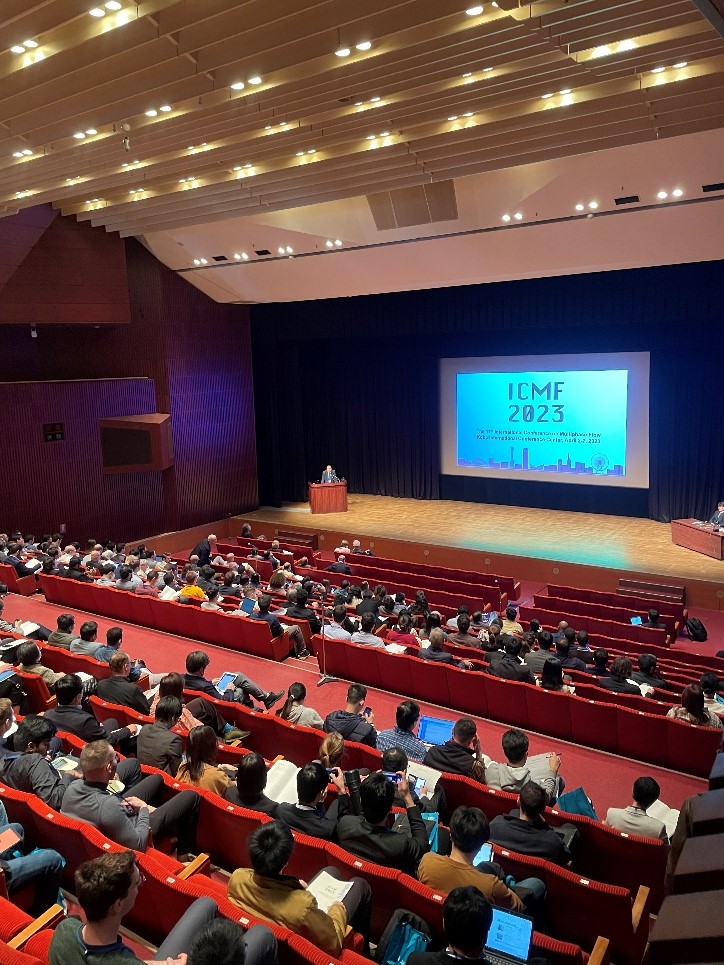
Main conference hall at the Kobe International Conference Center – ICMF 2023
ICMF 2023 was a significant event in the field of multiphase flow research, bringing together leading experts to share their latest findings, exchange ideas and collaborate on new research initiatives. The conference program featured plenary lectures, keynote speeches, technical sessions, poster presentations, and panel discussions, covering a wide range of topics related to multiphase flow.
Attending ICMF 2023 provided an excellent opportunity for researchers, scientists, and industry professionals to broaden their knowledge, share their expertise, and contribute to the advancement of multiphase flow research. It also offers a chance to explore the beautiful city of Kobe and experience the unique culture of Japan.
Kobe is located on the southern coast of Honshu, the main island of Japan. It is the sixth-largest city in Japan, known for its cosmopolitan atmosphere, rich cultural heritage, and stunning natural scenery. It is a popular tourist destination, attracting visitors from all over the world. One of the main attractions of Kobe is its location. The city is situated between the Rokko mountain range and the Seto Inland Sea, providing visitors with breathtaking views of the sea and mountains. The Rokko mountain range is particularly popular among hikers and nature enthusiasts, offering a variety of hiking trails, hot springs, and scenic viewpoints.
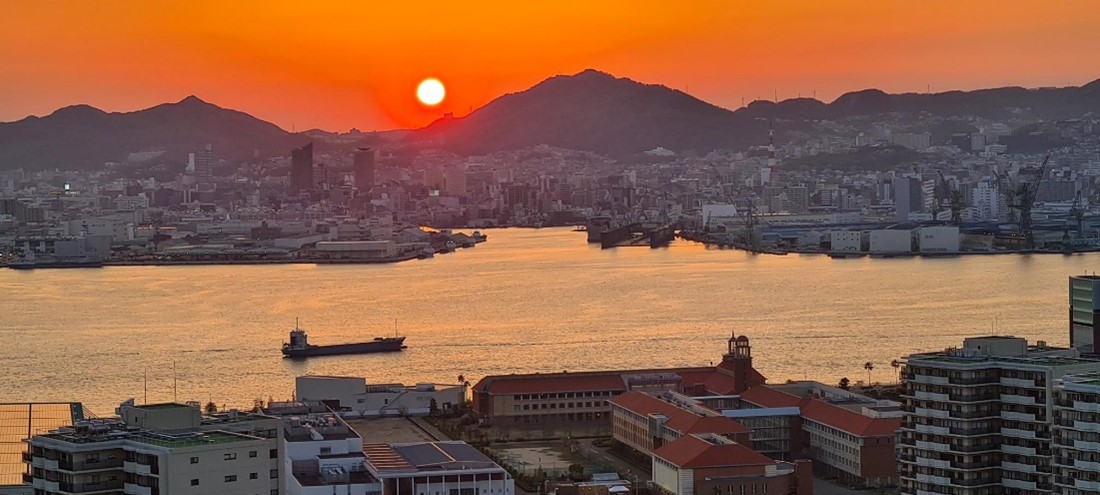
Sunset from Portopia Hotel, Kobe

Delicious food as you can find in Japan.
Overall, Kobe is a unique and fascinating city with a diverse range of attractions and experiences. Whether you are interested in exploring nature, enjoying the city’s culinary scene, or discovering its rich cultural heritage, Kobe is sure to offer something for everyone.
The conference program was designed to provide participants with a comprehensive overview of the latest developments and trends in the field of multiphase flow. Some of the key topics that were discussed at ICMF 2023 include:
- Fundamentals of multiphase flow
- Numerical modeling and simulation of multiphase flow
- Experimental techniques and measurement methods
- Multiphase flow in industrial applications
- Multiphase flow in energy and environment
- The conference also features social events and important networking opportunities, allowing participants to connect with peers, build relationships, and explore the cultural and culinary delights of Kobe and Japan.
Effects of natural surfactants on flow behaviour
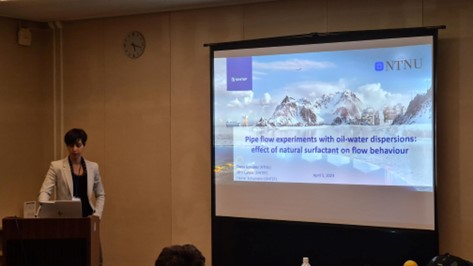
Presentation by Diana Gonzalez, PostDoc at NTNU and researcher at SINTEF
Diana Gonzales presented results of the NEXFLOW project focusing on understanding the effects of fluid chemistry on the formation, stability and resulting flow effects of oil-water dispersions in pipelines. The topic is of major importance for the oil industry in many process situations where reliable production and pump performance are jeopardised by formation of stable oil-water dispersions. Dispersion formation can lead to relatively large changes in the frictional pressure drop. This effect is rather sensitive to small changes in the produced water fraction which shows a wide variation over the lifetime of an oil field. The NEXFLOW project demonstrated that droplet stabilizing surfactants (either caused by the crude oil chemistry or introduced by production chemicals) represent an additional parameter of major importance. Even if the mechanisms are not fully understood, the project developed bench scale characterization methods to be used for characterizing important input parameters for multiphase flow simulators.
Experiments and modelling of near-horizontal bubbly flow
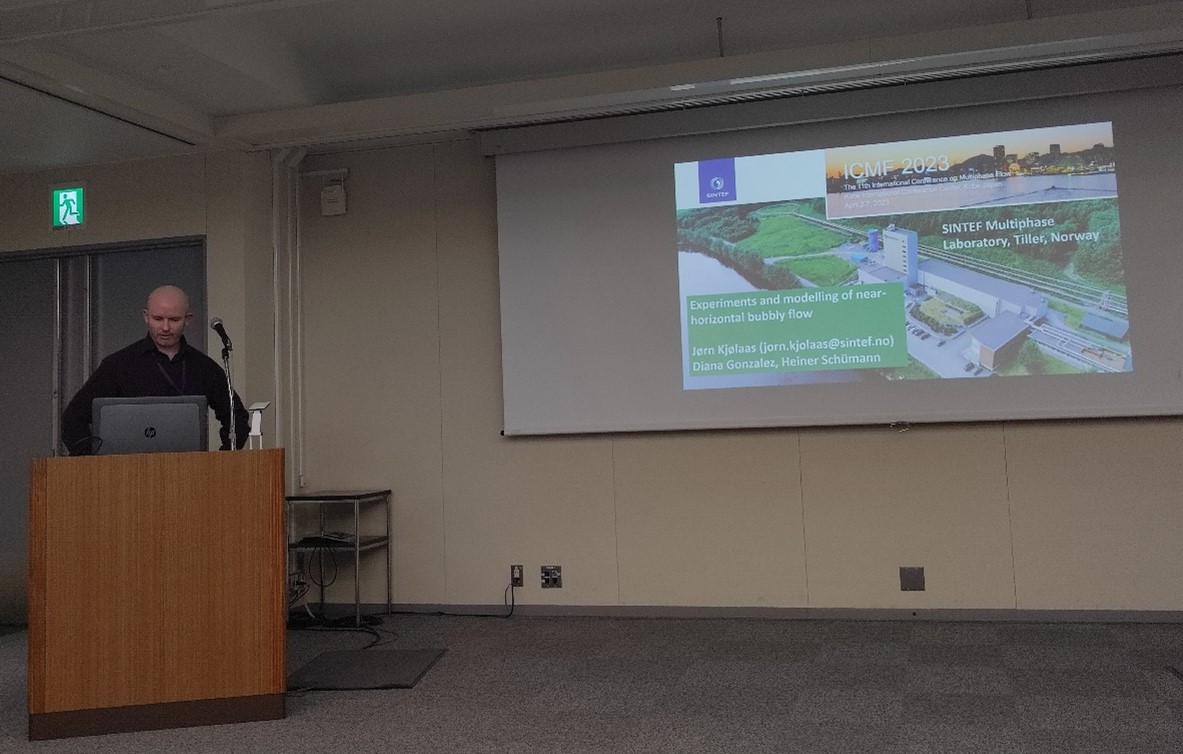
Presentation by Jørn Kjælaas, Senior researcher at SINTEF
Jørn presented ongoing work pertaining to the prediction of gas bubble entrainment into the liquid phase in multiphase flow with the LedaFlow 1D multiphase flow simulator. The work was conducted as part of the ChemFlow project. Bubble entrainment has been shown to be an important physical mechanism in several emerging application areas for 1D multiphase flow simulations, including Carbon Capture & Storage (CCS) and surfactant-stabilized flows. One of the primary motivating factors for the work is that the success of CCS technology, and the associated reductions in net carbon emissions, relies heavily on our ability to accurately simulate multiphase CO2 flows. In his presentation, Jørn explained how the mechanics of bubble dispersion can be included in a 1D framework, highlighting which mechanisms must be included in such a model.
Energy storage concepts with multiphase flow aspects
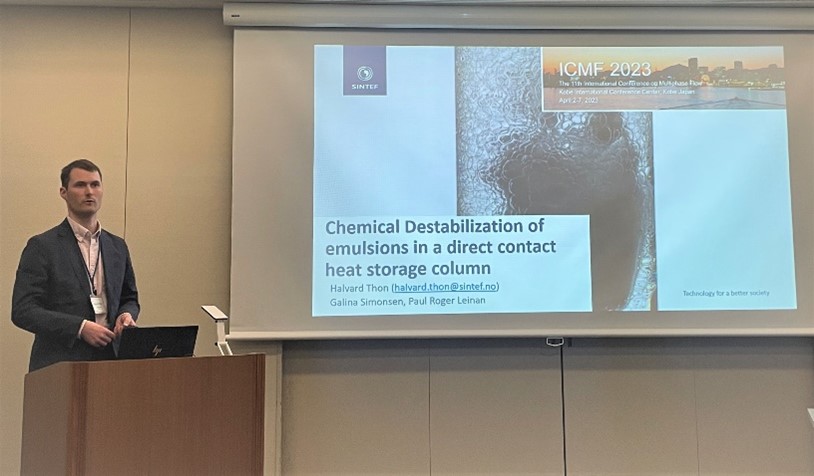
Halvard Thon, institute PhD at SINTEF, presenting his research in Kobe
Halvard Thon gave a presentation of an experimental campaign undertaken as part of his PhD research. In this particular campaign, the effects of emulsion destabilizing surfactants (demulsifiers) in a direct contact thermal storage device were investigated. The unique concept investigated by Halvard has so far not been attainable due to slow phase separation, crucial limiting factor for the performance of this type of thermal storages. It was shown that surfactants can be used to increase the separation of phases in what is essentially a multiphase heat exchanger with thermal storage capabilities. The presentation included a screening procedure to find suitable surfactants, and how the Gibbs-Marangoni effect and dynamic interfacial tension measurements can be used to explain the variation in separation efficiency between different solutions. This work is an example of how expert knowledge form oil and gas is used in the field of thermal energy storage.
Experiments on air-water slug flow in a horizontal pipe using high speed imaging
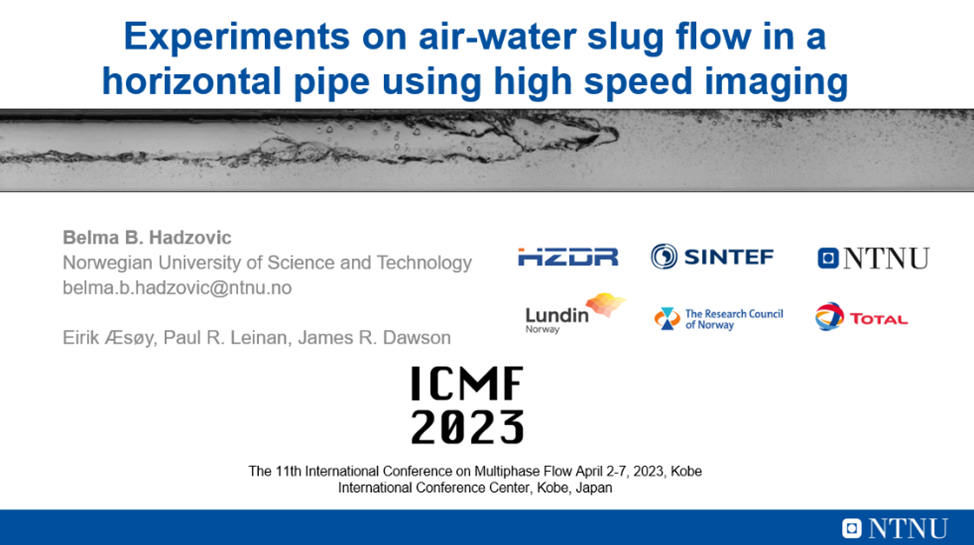
The aim of the study presented by Belma Hadzovic (NTNU) is to investigate the characteristics of an air-water slug flow in a 220m long horizontal pipe loop with an inner diameter of 55mm. A four camera linear array was used for high speed imaging as well as gamma densitometers for a range of different mixture velocities, with superficial velocities of water (USL) and superficial velocities of air (USL) ranging from USL=0.2 to 2.5 m/s and USG=0.2 to 2.5 m/s. Slug flow parameters including liquid slug and Taylor bubble length, slug front and slug tail velocity, and slug frequency are compared for different flow conditions. The windowed image correlation method is developed to allow more clear insight into the flow processes of slug development, including gas mixing and entrainment across the multi-phase interface. Velocity variation of the liquid film and the large flow structures including the slug front and the entrained bubble clusters are analysed using image processing.
Read more: Enabling non-disruptive production conditions – slug flow with surfactants
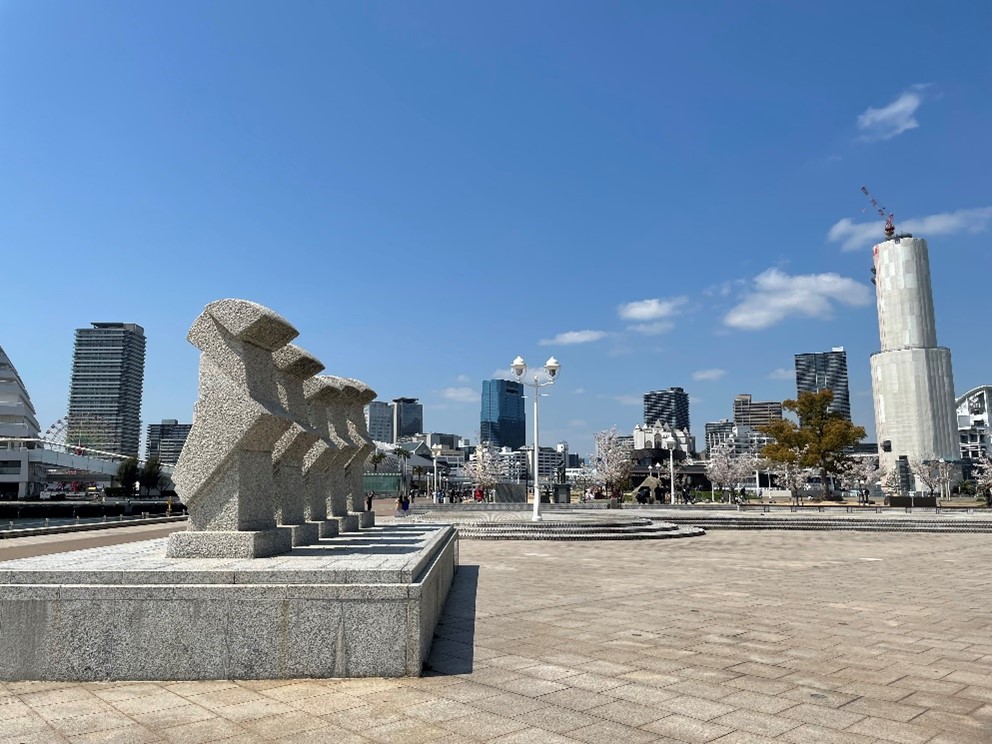
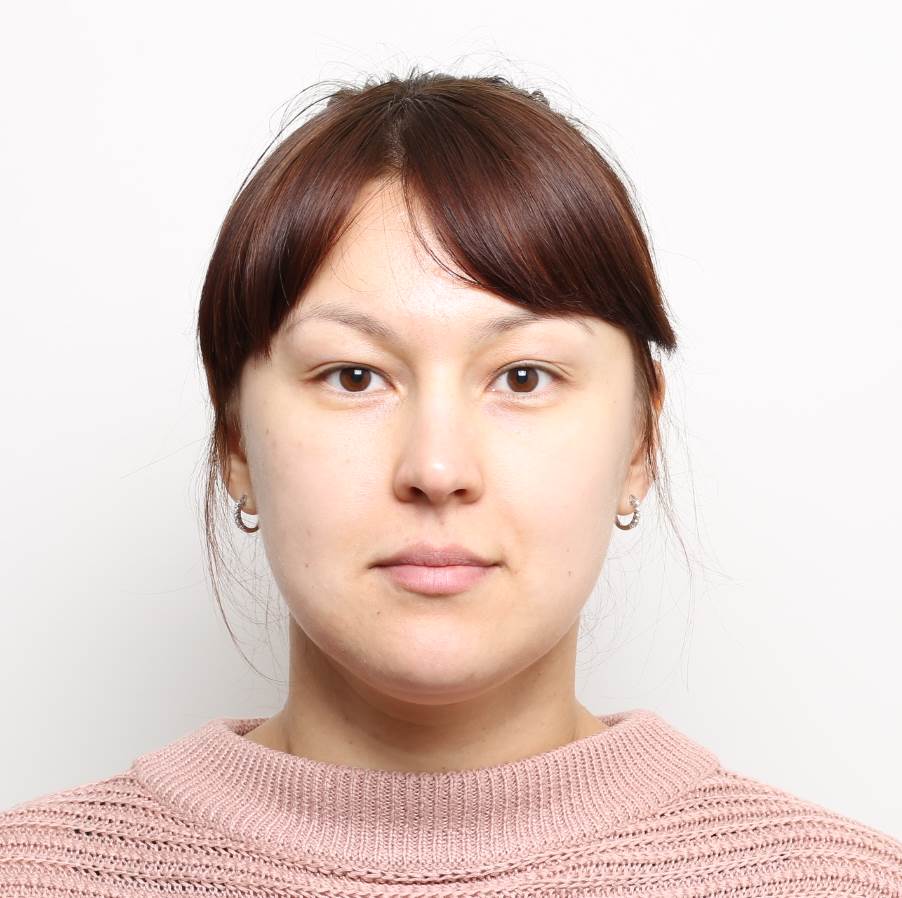

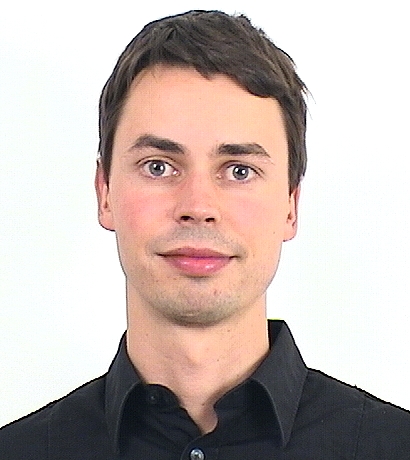
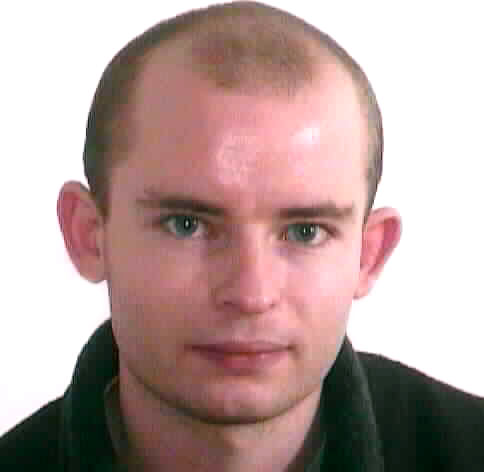
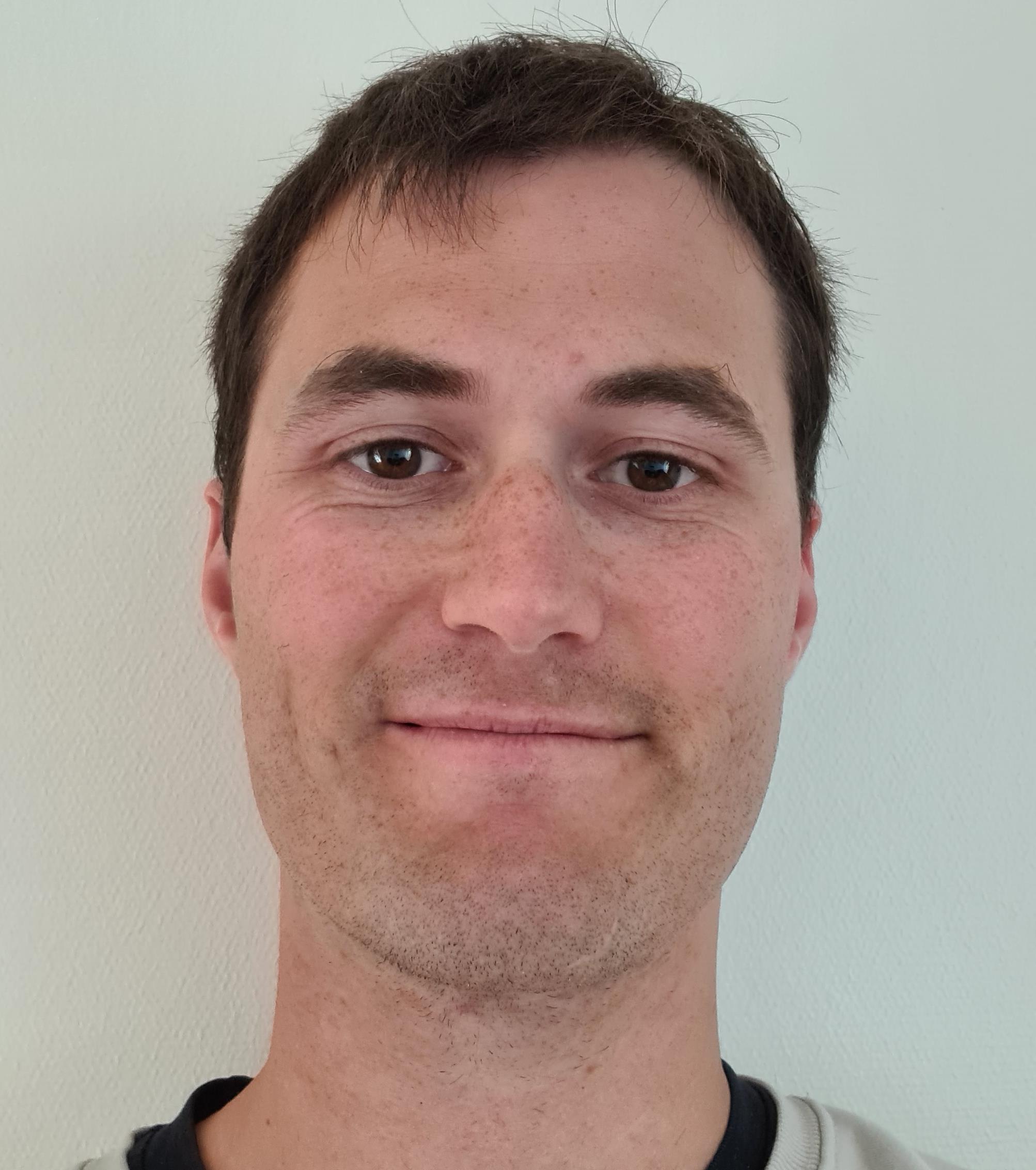
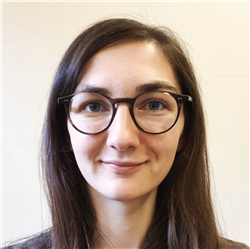

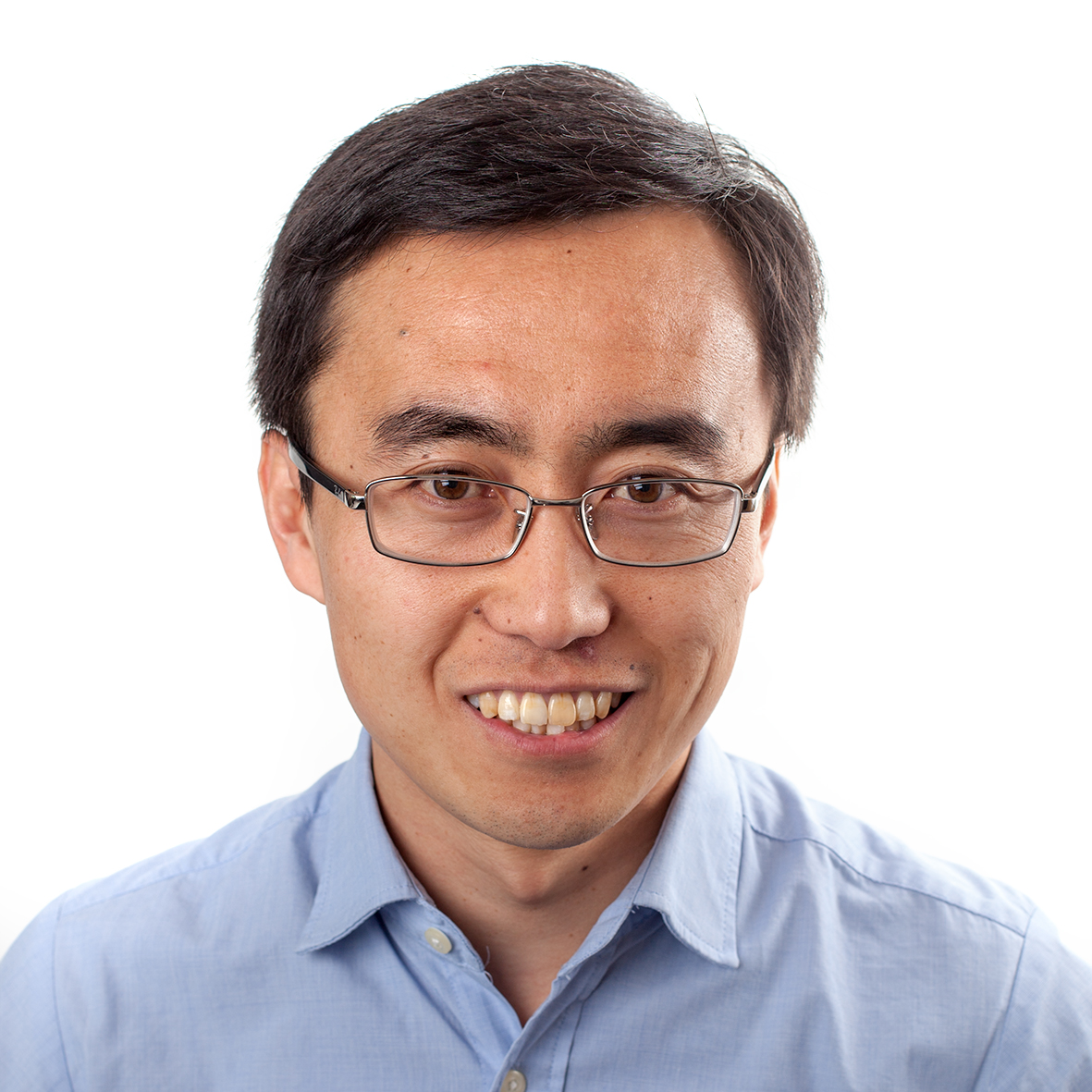






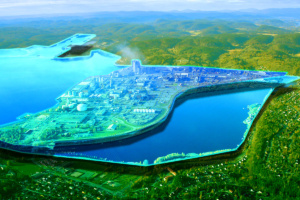

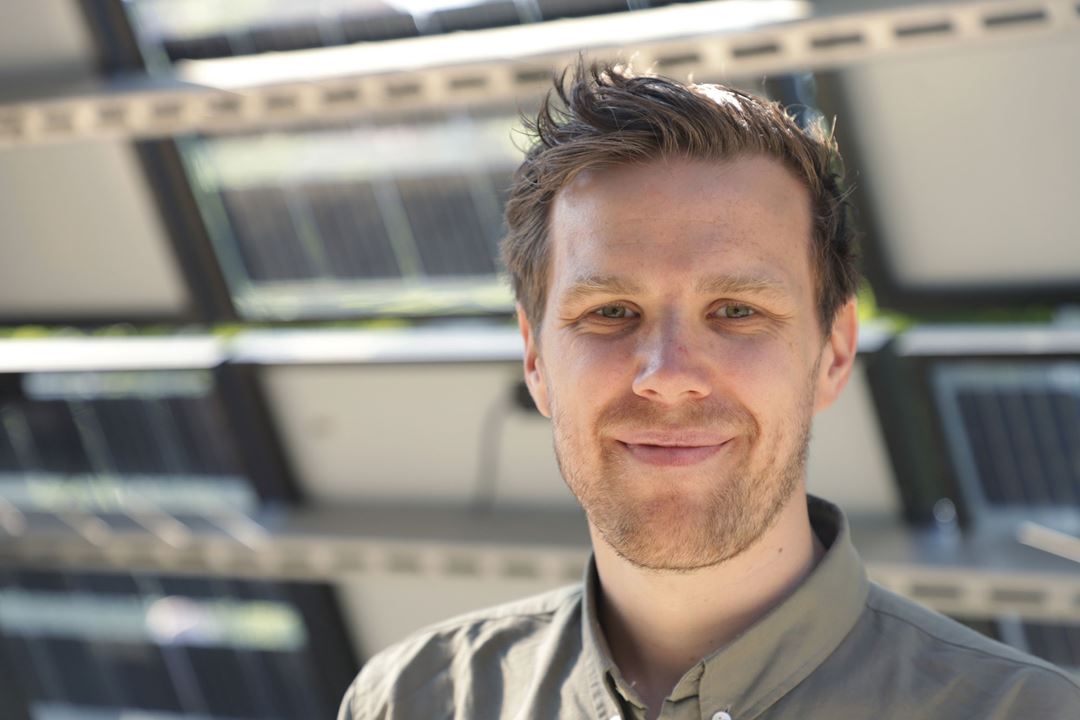

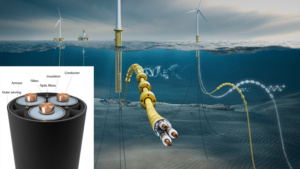
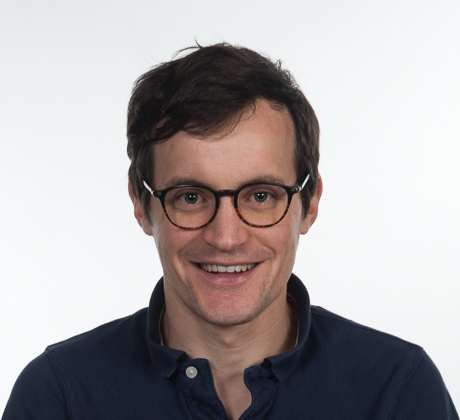
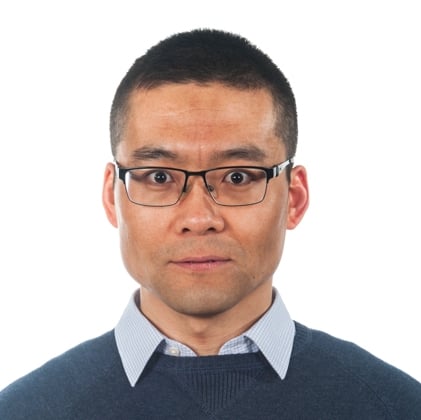
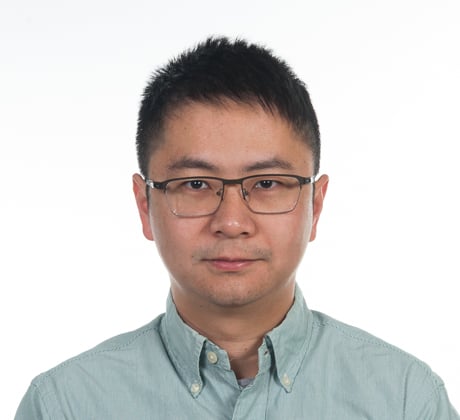
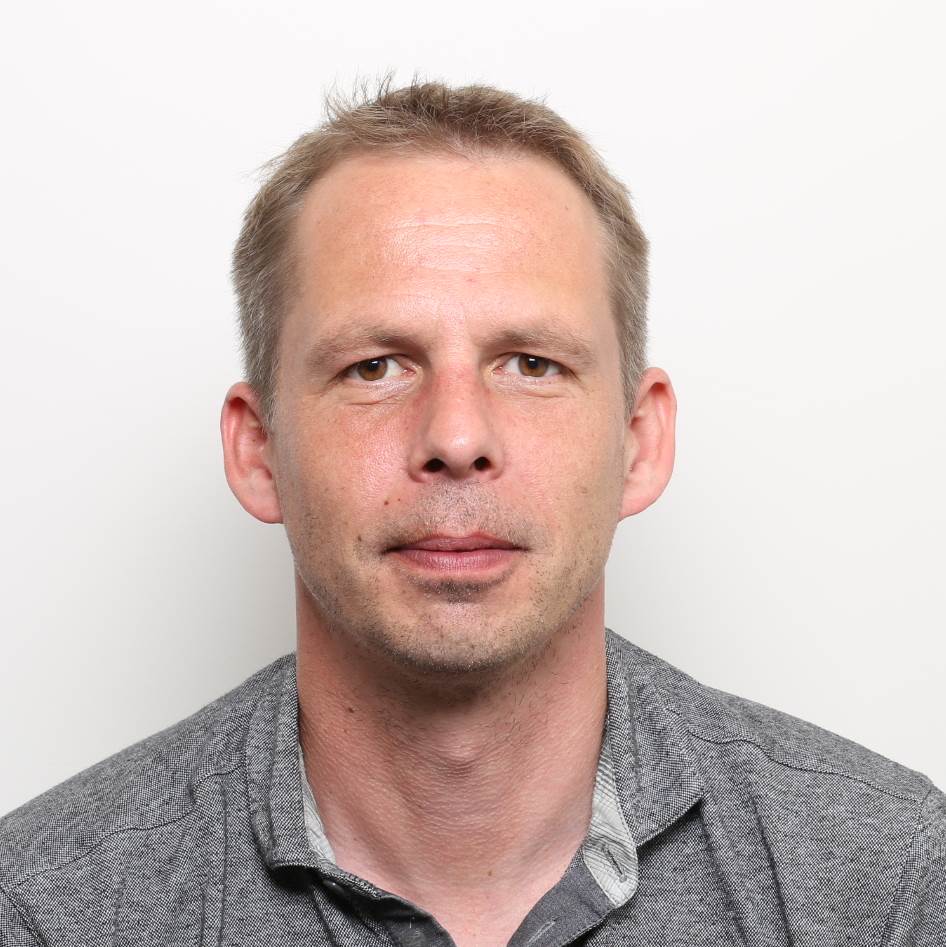

Comments
No comments yet. Be the first to comment!